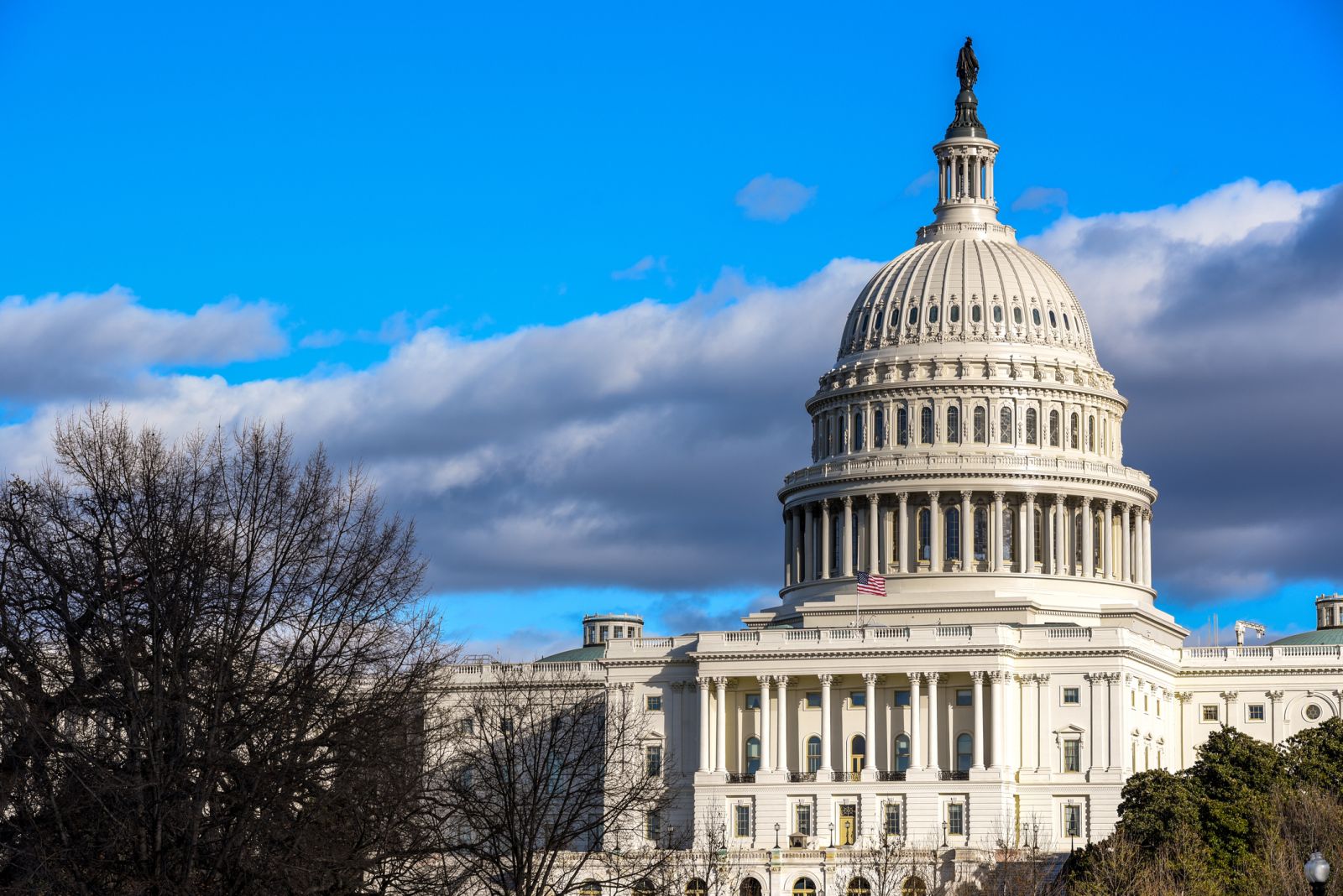
When recessions start
Later in this article, I will display a chart revealing a consistent pattern of when a recession is most likely to begin. From a trader's viewpoint, pattern recognition is essential for successful trading. When an event repeats itself consistently, the results should be expected to continue until they don't. To do otherwise is counterintuitive.
Recessions do not have fixed start dates, and they are typically identified retrospectively by economists and experts. A recession is generally defined as a significant and sustained decline in economic activity, often measured by factors such as GDP (Gross Domestic Product), employment, and industrial production.
The National Bureau of Economic Research (NBER), a private nonprofit organization, determines when a recession begins and ends in the United States(US.) They use a variety of economic indicators to analyze economic data and determine the onset of a recession.
Typically, recessions are characterized by a period of economic contraction, where GDP decreases, unemployment rises, and various sectors of the economy may experience declines. A recession's exact trigger and timing can vary from one instance to another. Common causes of recessions include financial crises, external shocks, changes in consumer and business confidence, and shifts in government policies.
It's important to note that recessions are often not recognized until several months after they have started, as data and economic indicators need to be collected and analyzed. Therefore, the official announcement of a recession's start date is usually made retrospectively.
Why do recessions start?
Recessions can be caused by various factors and triggers, varying from one recession to another. Here are some common reasons why recessions start:
Demand Shock: A sudden and severe drop in consumer and business spending can trigger a recession. This can result from various factors, such as a financial crisis, stock market crash, or external events like terrorist attacks or natural disasters that erode confidence and reduce spending.
Supply Shock: Recessions can be initiated by supply-side factors. For example, disruptions in the supply chain, abrupt increases in the price of critical commodities (e.g., oil), or widespread labor strikes that disrupt production can lead to economic downturns.
Financial Crises: Financial instability, often associated with issues like excessive lending, asset bubbles, or a loss of faith in financial institutions, can result in banking and financial crises contributing to a recession.
Monetary Policy: Central banks significantly influence the economy by controlling interest rates and money supply. If a central bank raises interest rates too aggressively to combat inflation, it can slow economic activity and potentially lead to a recession. Conversely, if a central bank is slow to lower interest rates during an economic downturn, it can exacerbate the recession.
Fiscal Policy: Government policies, including taxation, spending, and budget deficits, can also impact economic conditions. Implementing austerity measures or making substantial cuts in government spending during an economic downturn can reduce demand and contribute to a recession.
Housing Market Collapse: A collapse in the housing market, often following a housing bubble and a sharp decline in home prices, can have a cascading effect on the broader economy. Problems in the housing market essentially triggered the Great Recession of 2007-2009.
Global Factors: International events and global economic conditions can play a role in starting or worsening a recession. These can include trade disputes, currency crises, or global economic downturns that reduce export demand.
Consumer and Business Confidence: Declining consumer and business confidence can reduce spending and investment, contributing to a recession.
It's important to note that recessions are multifaceted events often resulting from a combination of these factors. Additionally, recessions' specific causes and triggers can vary from one economic cycle to another. Economists, policymakers, and central banks closely monitor economic indicators and financial markets to try to identify potential warning signs and take action to mitigate the impact of recessions when they occur.
The inverted yield curve
An inverted yield curve is a term used in finance and economics to describe a situation where the yields (interest rates) on shorter-term interest rate securities are higher than those on the same issuer's longer-term interest rate securities. In other words, it's a situation where short-term interest rates are higher than long-term interest rates.
Yield curves typically slope upward, meaning that longer-term interest rate products have higher yields than shorter-term interest rate securities. This is because investors usually expect to be compensated with higher interest rates for locking their money into longer-term investments and taking on the additional risk associated with them. This normal yield curve is often called a "positive" yield curve.
However, when the yield curve inverts, it suggests different expectations in the financial markets. An inverted yield curve is often a warning sign or indicator of potential economic trouble. Here's what it can signify:
Expectations of Economic Downturn: An inverted yield curve is often interpreted as a signal that investors expect economic growth to slow down or even enter a recession. Investors anticipate economic weakness and may demand longer-duration interest-rate securities, driving down long-term bond yields.
Central Bank Actions: Central banks, like the Federal Reserve in the US, can influence short-term interest rates by adjusting their monetary policy. If a central bank raises short-term interest rates to combat inflation or cool down an overheating economy, it can contribute to yield curve inversion.
Credit Conditions: Sometimes, credit conditions play a role in yield curve inversion. For example, a credit crunch where banks become more reluctant to lend money can cause short-term interest rates to rise relative to long-term rates.
The yield curve reflects multiple durations ranging from 4-week to 30-year maturities. Analysts and economists can use different segments to indicate an inversion in rates. Some may look at the yield difference between the 10-year and 2-year treasury. At the same time, others may analyze the 10-year and 5-year treasury. Due to the different durations, an inverted yield curve could develop at different times.
In summary, an inverted yield curve is a financial market phenomenon with higher short-term interest rates than long-term rates. It's typically interpreted as a signal of potential economic weakness or a forthcoming recession.

Source: Federal Reserve Economic Data (FRED)
The FED has commented that they pay attention to the 10-year and 3-month yield curve spread. There have been times when longer-dated maturities have inverted, but the 10-year and 3-month did not, and we avoided a recession. This leads to a famous quote, "Inverted yield curves don't always predict a recession, but all recessions have an inverted yield curve." The 10-year and 3-month inversion is an exception. Historically, this has been the most accurate recession predictor.
The FRED chart illustrates the 10-year and 3-month yield spread. Unfortunately, the FRED website only has 20 years of data. Other sources reflect many more historical recessions that will define our discussion pattern.
When does the recession window open
The spread (blue line) is inverted below the zero line. Past recessions are the vertical gray boxes. Generally, it is common practice to say that recessions begin 12-18 months after a yield curve inversion. That is a large window of time and can lead to speculation that there will be no recession because analysts and economists get impatient. And as we are hearing in the media now, "This time is different" becomes the default but useless chatter.
The signal for when the recession window opens after an inverted 10-year and 3-month spread occurs is when the spread returns to a normal market structure, crossing back above the zero line. The FRED chart clearly illustrates that recessions do not start while the spread is inverted.
In closing
The 10-year and 3-month spread traded significantly wider than most inversions, possibly due to the excessive liquidity pumped into the economy during Covid-19. Currently, the spread is aggressively trending back towards the zero line. As investors and traders, crossing the zero line should alert us to the recession coming sooner rather than later.
More Stock Market News from Barchart
- 3 Cheap Stocks to Buy Near Their 52-Week Lows, According to Wall Street
- Markets Today: Stocks Climb on Dovish Global Inflation News
- S&P Futures Climb as Bond Yields Fall Ahead of Key U.S. Inflation Data
- Stocks Rebound as Bond Yields Turn Lower







